How to yield farm in DeFi
For a primer on yield farming in general, including an overview of the different types of yield farming opportunities available, start here.
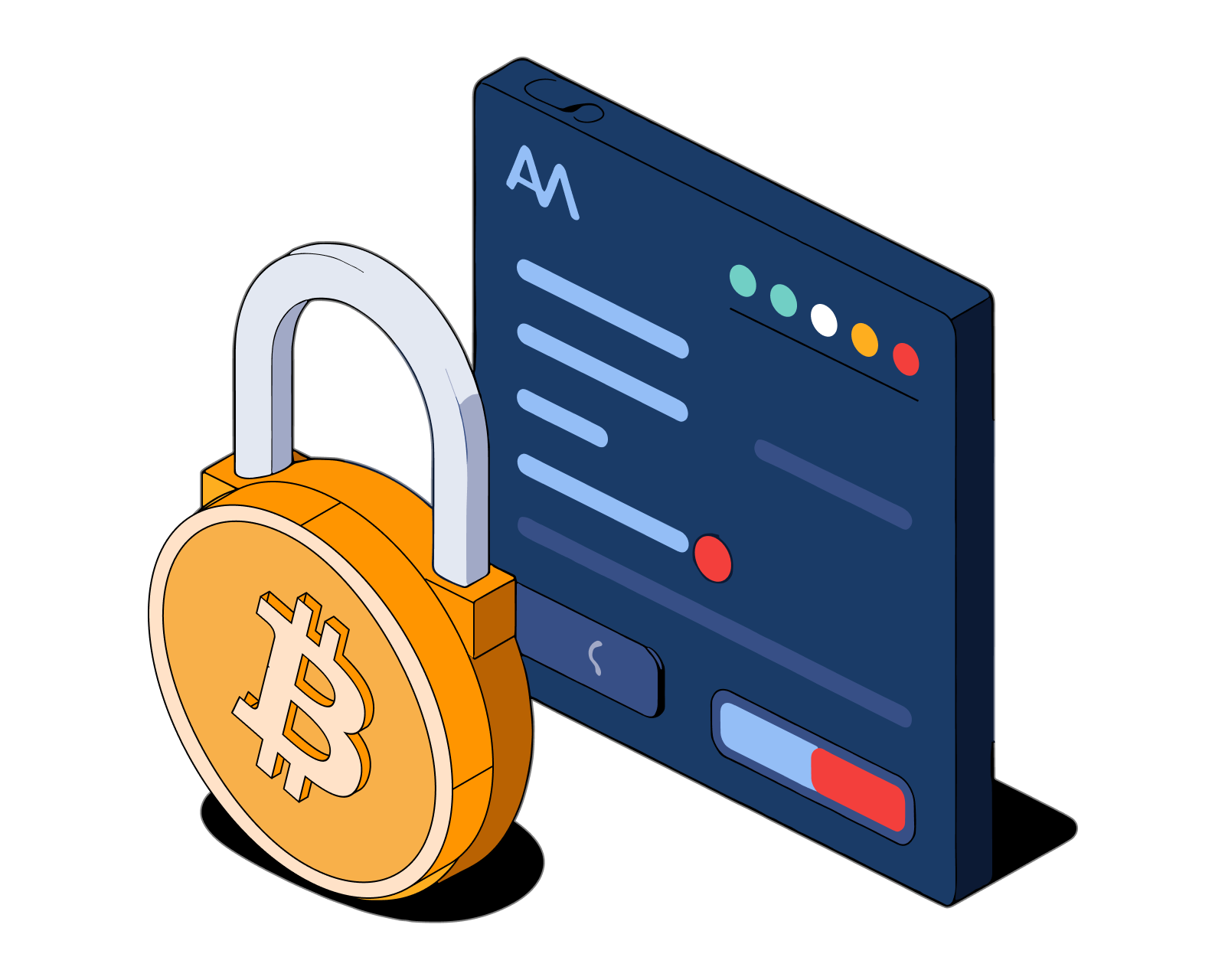
Table of Contents
- Yield farming in two steps
- What you need in order to yield farm on a decentralized exchange
- What are liquidity pool tokens?
- Introduction to farms
- What are farming rewards and where do they come from?
- How are rewards calculated and distributed?
- How-to-farm step 1: Get liquidity pool (LP) tokens
- How-to-farm step 2: Deposit liquidity pool (LP) tokens in a farm
- Is there a lockup period when depositing in farms?
- How to claim rewards?
Yield farming in two steps
For this yield farming strategy, you’ll need to:
- Get liquidity pool (LP) tokens.
- Deposit those LP tokens into a farm.
If you know what LP tokens are, feel free to skip ahead to the guides for how to get them and deposit them into a farm. For more detailed information on this yield farming strategy, read this article from top to bottom.
What you need in order to yield farm on a decentralized exchange
You will need four things in order to farm on a DEX:
- Digital wallet
- Cryptocurrency
- LP tokens
- Decentralized exchange that offers farming rewards
Digital wallet: These wallets, also called crypto wallets or web3 wallets, hold cryptocurrencies and other digital assets. The best wallets are self-custodial like the Bitcoin.com Wallet app. Self-custody means you have full control over the contents of the wallet, whereas in custodial wallets a third party has ultimate control. Learn more about self-custody and its importance here.
Cryptocurrency: The wallet will need to contain cryptocurrency to pay for transaction fees. Transactions fees are used to pay for actions that make changes to a blockchain. They will be paid in the blockchain’s native currency. For example, ETH is used to pay for transaction fees on the Ethereum blockchain.
LP tokens: In order to yield farm on a DEX, you will also need certain crypto assets the decentralized exchange requires for farming. These are specific liquidity pool (LP) tokens that you obtain by first depositing equal amounts of two cryptocurrencies in a specific liquidity pool on the DEX.
Decentralized exchange site: It’s important to use a reputable DEX platform that has a good number of liquid markets, where the protocol has been audited by third-party security firms, and where the farming rewards are attractive and sustainable. In this article we’ll introduce just such a platform.
What are liquidity pool tokens?
Liquidity pool tokens are an essential component of decentralized exchanges (DEXs). Trading on DEXs is made possible by people adding liquidity to trading pairs. Unlike on centralized exchanges, anyone can add a cryptoasset trading pair to a DEX or strengthen an existing trading pair by providing liquidity. Without sufficient liquidity, it is not possible to have a smoothly functioning exchange, so DEXs incentivize people to add liquidity by giving a portion of the DEX fees to liquidity providers.
Every DEX trading pair has its own pool of liquidity. These are called “pools," or sometimes “liquidity pools." For example, on Bitcoin.com’s Verse DEX, the popular trading pair VERSE-WETH has a deep pool of liquidity which is half VERSE and half WETH (wrapped ETH). Liquidity providers to this and other pools on Verse DEX earn a proportional share of 0.25% of the total volume of assets swapped by people who trade between the assets in the pool. The earnings for liquidity providers are displayed as a dynamic APY. In the case of Verse DEX, the dynamic APY can be found in the Pools section.
When you deposit cryptocurrencies into a liquidity pool, the smart contract mints and sends you a token that is a kind of receipt. This token, known as a liquidity pool (LP) token - also sometimes called a liquidity provider token - is used to realize any outstanding rewards from your position, and to withdraw your deposited cryptoassets.
In some cases you can also deposit or “stake" your LP tokens into a “farm." Doing so will entitle you to additional rewards. Read on for more details as to how that works.
Introduction to farms
As described above, DEXs incentive people to add liquidity by giving a portion of the DEX fees to liquidity providers. Farms are a way to further incentivize liquidity providers by offering additional rewards. They work like this: liquidity providers deposit their LP tokens into a farm, which is a collection of smart contracts. While those LP tokens are in the farm, they entitle the holder to earn additional rewards.
What are farming rewards and where do they come from?
In most cases, farming rewards are paid in the native token of the DEX and they come from that token’s outstanding supply. The operators of the DEX set the APY for farming rewards, which LP tokens are eligible for farming rewards, and the time frame that the farming rewards will be available.
Some DEXs have offered very high APYs for farming, beyond even 1000%, in an attempt to attract a high amount of liquidity and attention to the DEX. However, such high rewards tend to be unsustainable. After all, since the rewards are paid in the DEX’s native token, if too many are handed out and if too many recipients decide to sell, the value of those tokens will collapse. Furthermore, very high APYs are likely to attract so-called mercenary liquidity providers. These are participants who sell their farming rewards and immediately withdraw their liquidity the moment the farming rewards dry up. This leaves the DEX without liquidity and the DEX’s token without value.
In the case of Bitcoin.com’s Verse DEX, the farming rewards are part of the Verse Ecosystem Incentives program, which has the goal of widely distributing VERSE and incentivizing community growth in a sustainable and value-adding way. Specifically, 35% of the Verse token supply is allocated to rewards distributed via yield farming and other mechanisms. Tokens are made available to the incentives program linearly and on a block-by-block basis over 7 years, although their distribution is managed by the Bitcoin.com team. The team has identified an opening APY of 80% for Verse Farms as a reward that can sustainably incentivize liquidity creation and bootstrap Verse DEX to the point that it offers a best-in-class decentralized trading experience.
How are rewards calculated and distributed?
Farm rewards are allocated to individual users based on their proportion of LP tokens deposited in the farm and the time those LP tokens are held in the farm.
The APY is projected using a model that relies on distribution periods. This projection typically makes the assumption that 100% of the liquidity providers for the given pool have deposited their LP tokens in the Farm for the duration of the distribution period. If not all liquidity providers have deposited their LP tokens in the Farm, those who have deposited will receive a higher APY than projected. If, during the distribution period, more liquidity is provided in the pool and more LP tokens are deposited in the Farm, the APY will be temporarily lower than projected.
Distribution periods are set by the DEX operators, and may be change over time. In the case of Bitcoin.com’s Verse DEX, the distribution period for Verse Farms is set at one week intervals.
How-to-farm step 1: Get liquidity pool (LP) tokens
Contributing liquidity to a DEX is straightforward. For the purposes of farming, in addition to considering the APY on the various pools the DEX offers, you’ll also want to consider which LP tokens are accepted for farming, and what the APY is for the farm. Once you’ve identified a pool/farm of interest, start by depositing the specified crypto assets into the pool. You will receive LP tokens, which you will then deposit into the farm.
For step-by-step instructions on how to contribute to pools on the Verse DEX, use this guide.
Here’s a video demonstrating the process of contributing to the VERSE-ETH pool:
How-to-farm step 2: Deposit liquidity pool (LP) tokens in a farm
Once you have the LP tokens that are accepted in a farm, you can deposit them in a farm to start earning additional rewards.
For example, on Bitcoin.com’s Verse DEX, to earn rewards from the VERSE-ETH Farm, you’ll first need LP tokens from the VERSE-ETH pool (see above). When you provide liquidity in the VERSE-ETH pool, you’ll receive VERSE-X (VERSE-ETH) LP tokens, and it’s those tokens that you’ll deposit in the VERSE-ETH Farm.
For step-by-step instructions on how to deposit LP tokens in Verse Farms, use this guide.
Here’s a video demonstrating the process:
Is there a lockup period when depositing in farms?
While some yield-farming strategies do have lockup periods, Verse Farms do not. You can withdraw your LP tokens at anytime and you’ll be entitled to your share of rewards for the exact amount of time your LP tokens remained deposited.
How to claim rewards?
In some cases you must withdraw your LP tokens to claim rewards. In other cases, you can leave your LP tokens in the farm and claim rewards whenever you want. On Bitcoin.com’s Verse DEX, you can claim farming rewards without withdrawing your LP tokens from the Farm.
For step-by-step instructions on claiming rewards and withdrawing LP tokens, use this guide.
Related guides
Start from here →
What is yield farming?
Learn what yield farming is, how it works, different types, and more.
Read this article →
What is yield farming?
Learn what yield farming is, how it works, different types, and more.
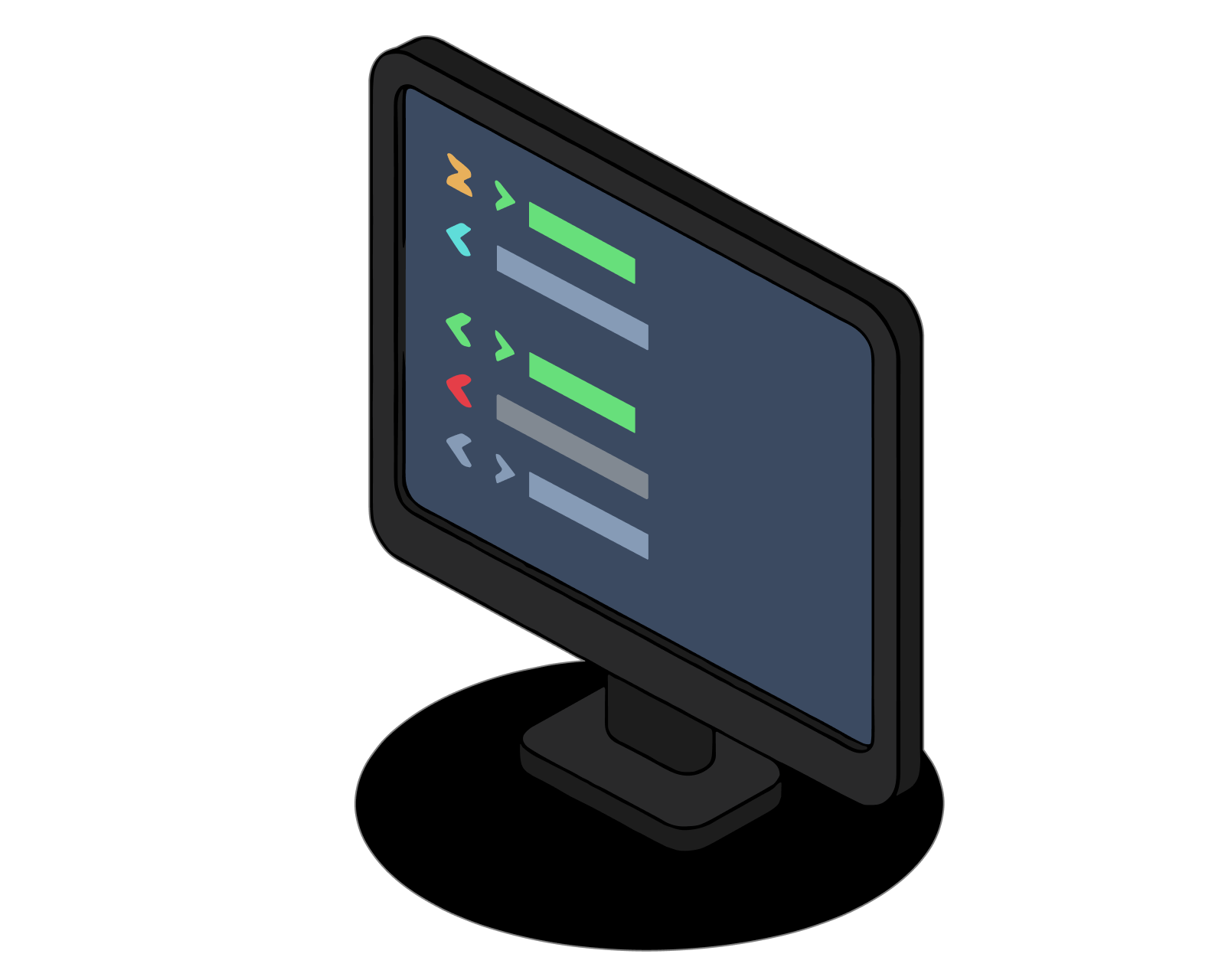
What is a DEX?
A decentralized exchange (DEX) is a type of exchange that specializes in peer-to-peer transactions of cryptocurrencies and digital assets. Unlike centralized exchanges (CEXs), DEXs do not require a trusted third party, or intermediary, to facilitate the exchange of cryptoassets.
Read this article →
What is a DEX?
A decentralized exchange (DEX) is a type of exchange that specializes in peer-to-peer transactions of cryptocurrencies and digital assets. Unlike centralized exchanges (CEXs), DEXs do not require a trusted third party, or intermediary, to facilitate the exchange of cryptoassets.

What is DeFi?
Learn what makes decentralized finance (DeFi) apps work and how they compare to traditional financial products.
Read this article →
What is DeFi?
Learn what makes decentralized finance (DeFi) apps work and how they compare to traditional financial products.
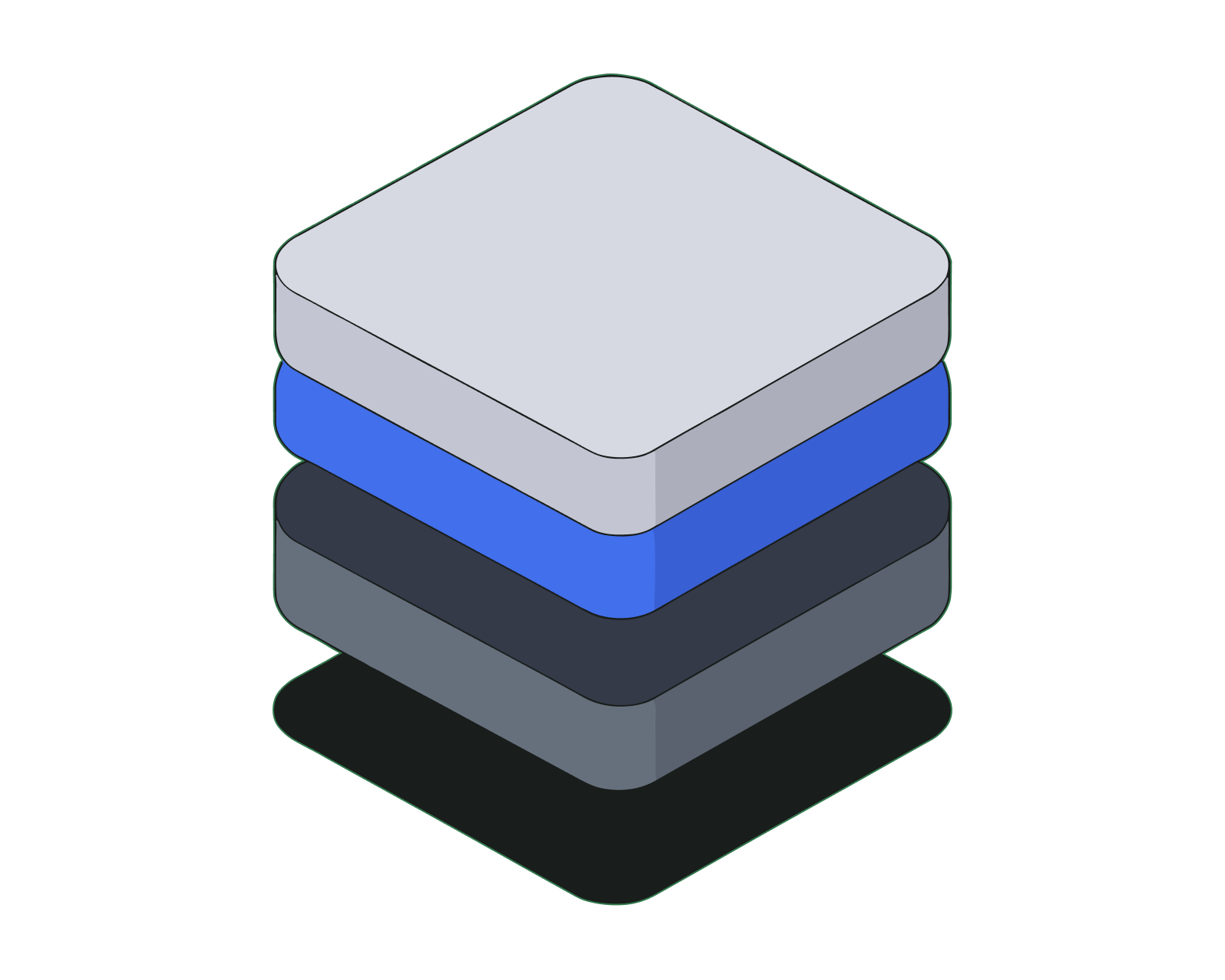
DeFi use cases
Decentralized Finance (DeFi) is bringing access to financial products to everyone. In this article we examine some prominent use cases.
Read this article →
DeFi use cases
Decentralized Finance (DeFi) is bringing access to financial products to everyone. In this article we examine some prominent use cases.

DEX lingo
From AMM to yield farming, learn the key vocabulary you’ll encounter when trading on a DEX.
Read this article →
DEX lingo
From AMM to yield farming, learn the key vocabulary you’ll encounter when trading on a DEX.

What is Verse?
Learn about Bitcoin.com’s official token, ways to earn it, and how to use it in the Bitcoin.com ecosystem and beyond.
Read this article →
What is Verse?
Learn about Bitcoin.com’s official token, ways to earn it, and how to use it in the Bitcoin.com ecosystem and beyond.

What are crypto derivatives?
Derivatives like perpetual futures and options are widely used in crypto. Learn all about them.
Read this article →
What are crypto derivatives?
Derivatives like perpetual futures and options are widely used in crypto. Learn all about them.
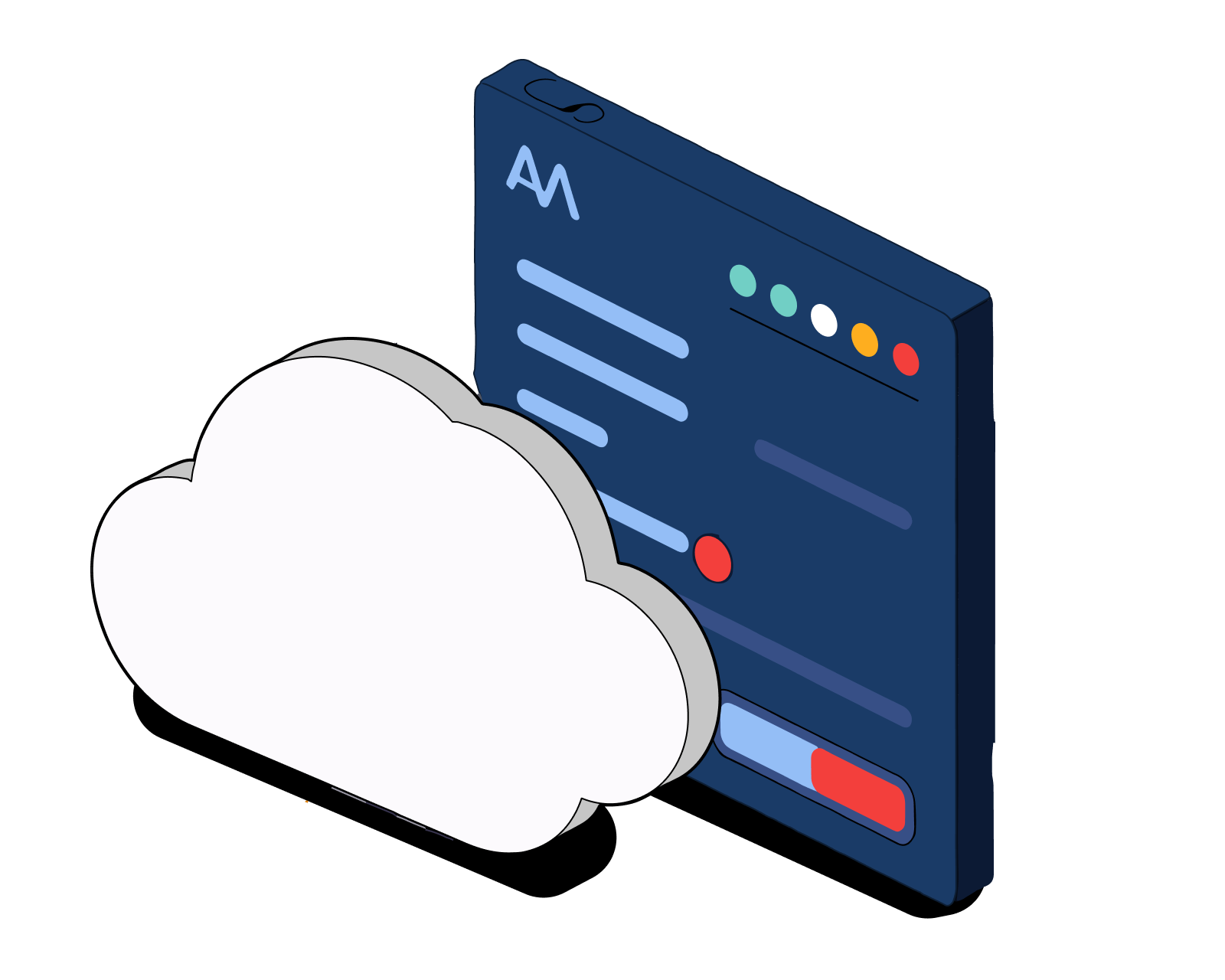
What is APY?
APY stands for annual percentage yield. It is a way to calculate interest earned on an investment that includes the effects of compound interest.
Read this article →
What is APY?
APY stands for annual percentage yield. It is a way to calculate interest earned on an investment that includes the effects of compound interest.
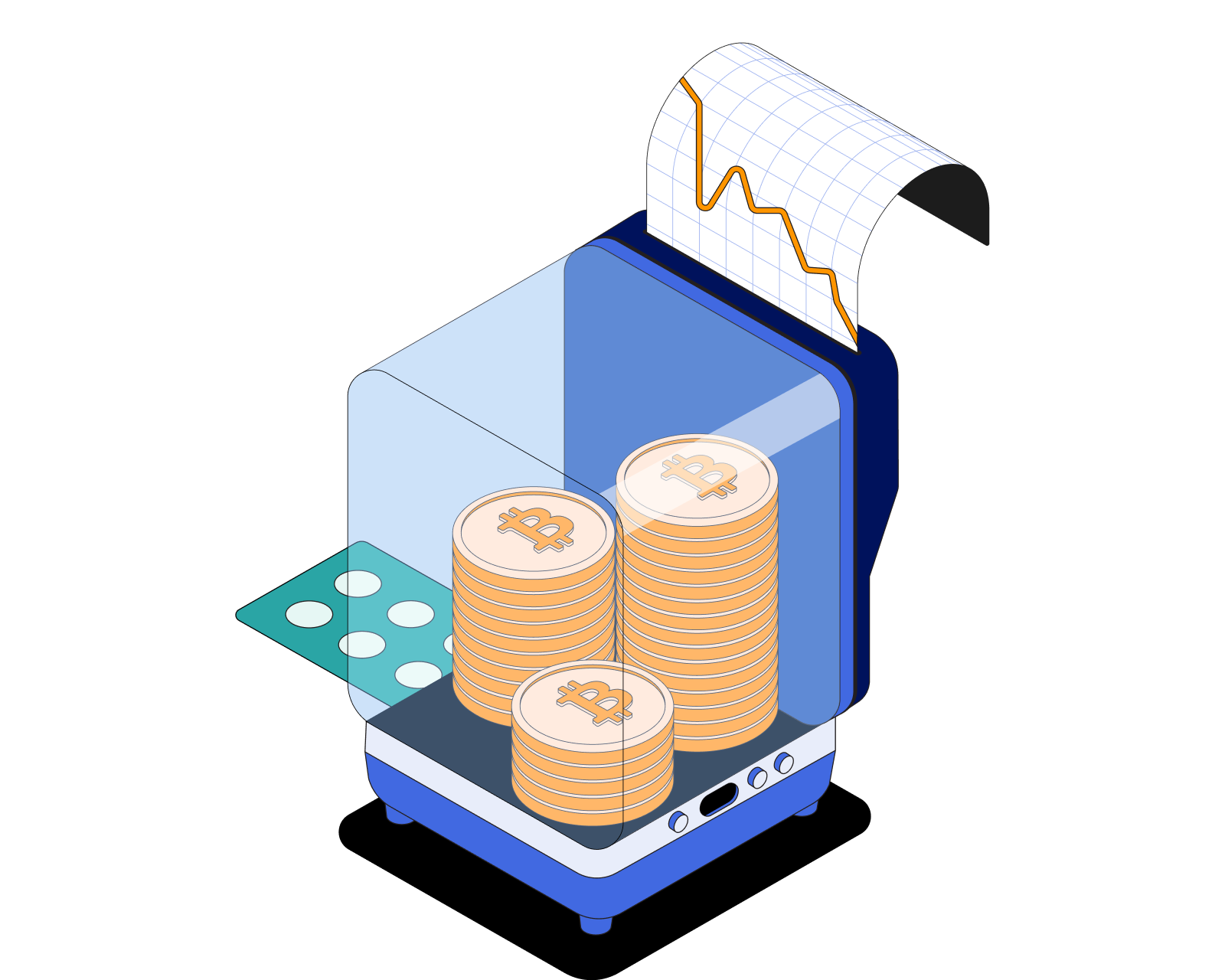
What is liquidity?
Liquidity has several slightly different but interrelated meanings. For the purposes of crypto, liquidity most often refers to financial liquidity and market liquidity.
Read this article →
What is liquidity?
Liquidity has several slightly different but interrelated meanings. For the purposes of crypto, liquidity most often refers to financial liquidity and market liquidity.
STAY AHEAD IN CRYPTO
Stay ahead in crypto with our weekly newsletter delivering the insights that matter most
Weekly crypto news, curated for you
Actionable insights and educational tips
Updates on products fueling economic freedom
No spam. Unsubscribe anytime.



Start investing safely with the Bitcoin.com Wallet
Over wallets created so far
Everything you need to buy, sell, trade, and invest your Bitcoin and cryptocurrency securely

© 2025 Saint Bitts LLC Bitcoin.com. All rights reserved


